 Under Construction!
Under Construction!
North of Pt. Fermin, Los Angeles Co., CA, June 14, 2025
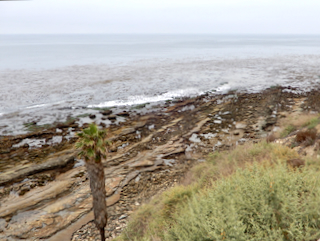
-
| 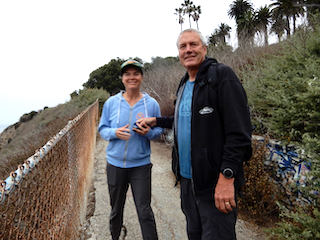
-
| 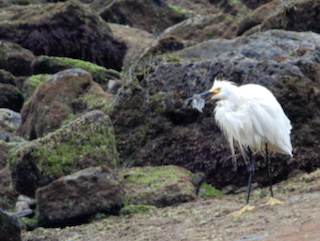
Fish breakfast for a ragged-looking snowy egret.
|
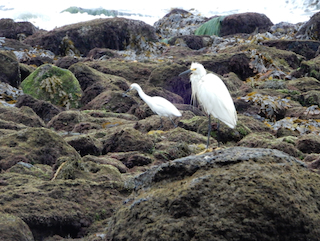
-
| 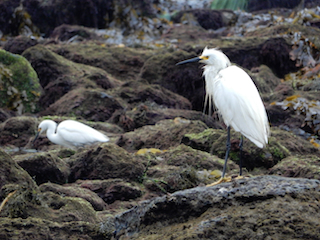
-
| 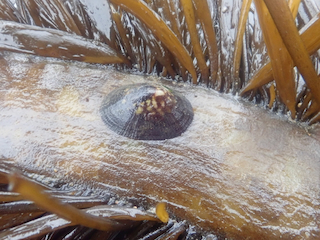
For a student project, we are comparing isotope ratios of two species of limpets that are found
on the strap-like rachis of featherboa kelp, Egregia menziesii, and comparing also one of these two limpet species that are instead found living under the rockweed,
Silvetia compressa.
|
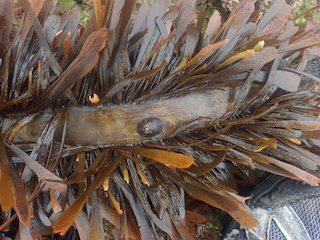
-
| 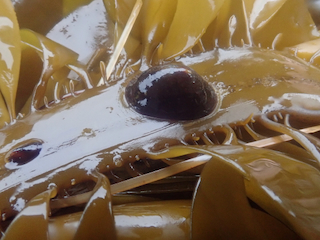
-
| 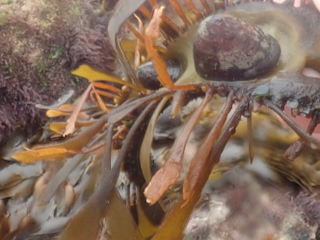
-
|
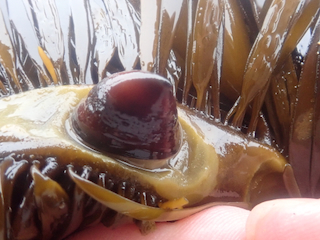
-
| 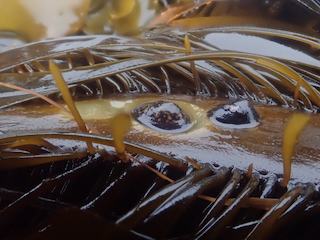
-
| 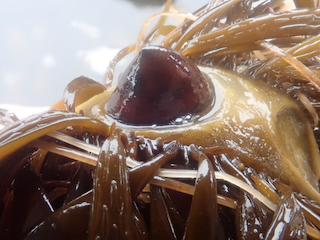
-
|
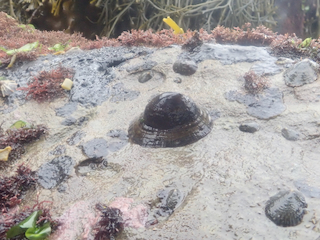
-
| 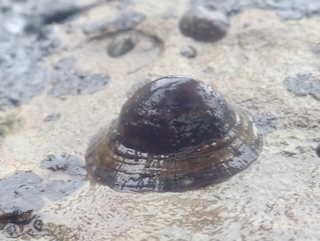
-
| 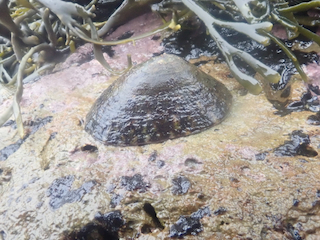
-
|
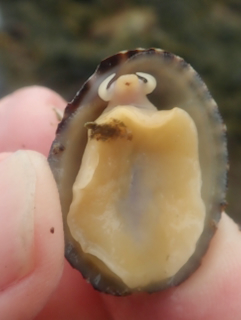
-
| 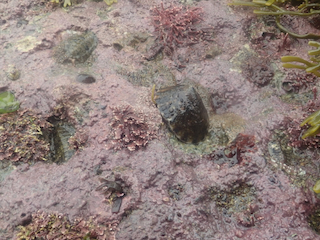
-
| 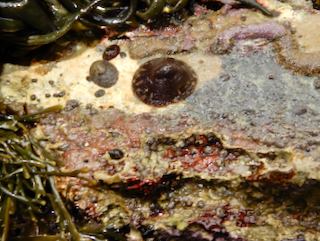
-
|
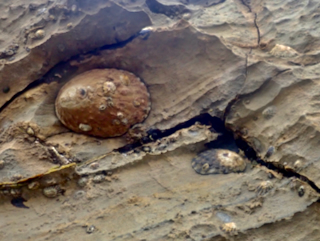
-
| 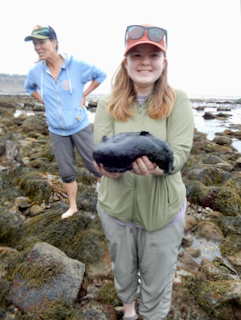
-
| 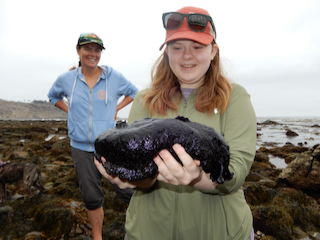
-
|
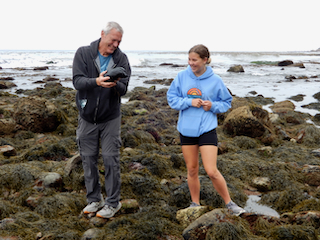
-
| 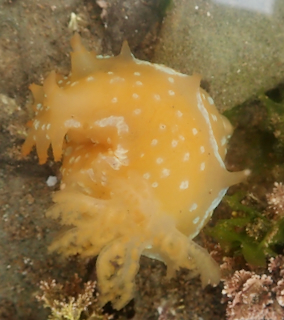
We found a Triopha maculata (spotted dorid) that had laid an egg ribbon by itself in a
surprisingly high intertidal tidepool.
| 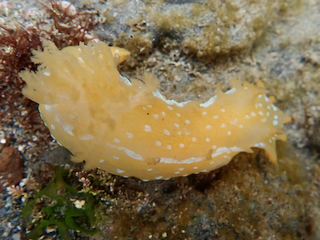
-
|
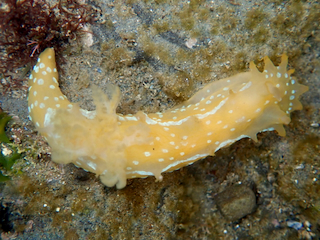
-
| 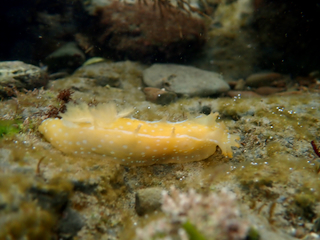
-
| 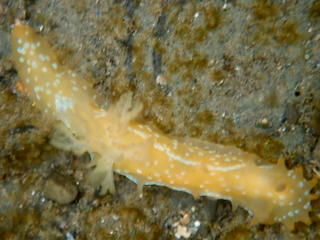
-
|
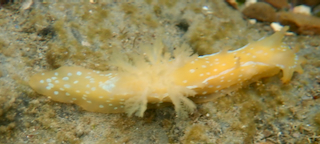
-
| 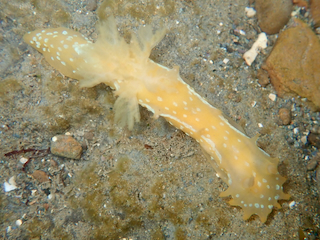
-
| 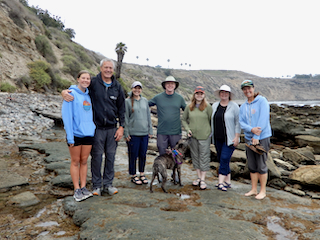
-
|
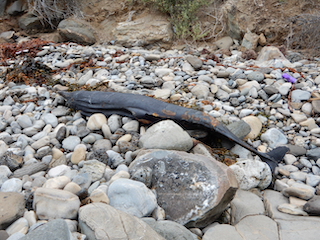
-
| 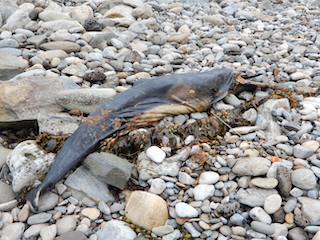
Beginning in May 2025, southern California has had an episode of harmful algal blooms
that have led to domoic acid poisoning. This especially affects high-trophic-level predators that eat fish because of the phenomenon of biological magnification.
The culprits are a specific genus (Pseudo-nitchia) of phytoplankton, known as diatoms, when they have blooms until they number millions of diatoms per liter of
seawater, which colors it brownish.
The victims are marine mammals and birds including dolphins, sea lions, pelicans, and cormorants. Unfortunately, it is not feasible to treat poisoned dolphins, and only a relatively
small percentage of the afflicted sea lions can be saved.
Domoic acid poisoning from diatoms was only recently discovered. In 1987 in eastern Canada,
hundreds of people got sick after eating bivalve mollusks, and at that time all diatom blooms were thought to be non-toxic. This is the fourth year in a row that southern California has had
seasonal harmful (domoic acid) algal blooms. Experts have attributed this to be yet another consequence of ongoing climate warming.
| 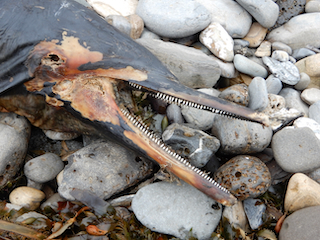
For similar reasons, the public has been alerted with a posted quarantine to not consume
sport-collected mussels and other suspension-feeding bivalves through October 2025. Commercial shellfish are carefully monitored and are generally safe. A more
common source of shellfish poisoning is the specific dinoflagellate genus, Alexandrium, which produce Paralytic Shellfish Poisoning (PSP) chemical compounds that are highly toxic.
Most other genera of dinoflagellates or diatoms that produce phytoplankton blooms are harmless.
Dinoflagellates produce so-called red tide blooms, and cool bioluminescence at night, whereas diatoms produce brownish phytoplankton blooms. Phytoplankton blooms are critically
important as food, either directly or indirectly, for all marine animals.
The PSPs produced by Alexandrium blooms are more toxic than
the domoic acids produced by Pseudo-nitchia blooms, but the latter tend to last much longer, and that is an increasing problem for marine mammals and birds in southern California.
-
Read more at NOAA website or
learn about the volunteer-based program to monitor California phytoplankton blooms.
|
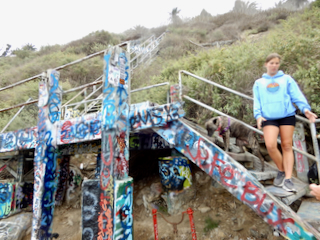
-
| 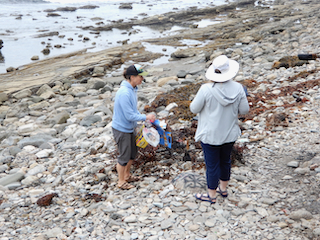
-
| 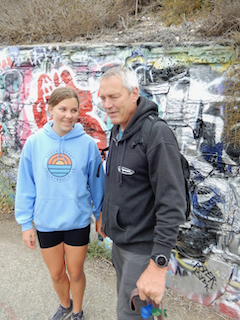
-
|
Return to Biology 317 Fieldtrip Map or Bio 317 Field Marine Biology Home Page
Web page created on 6/14/25 using ShoresToWeb HyperCard stack by D. J. Eernisse © 2005-2009
 Under Construction!
Under Construction! Under Construction!
Under Construction!